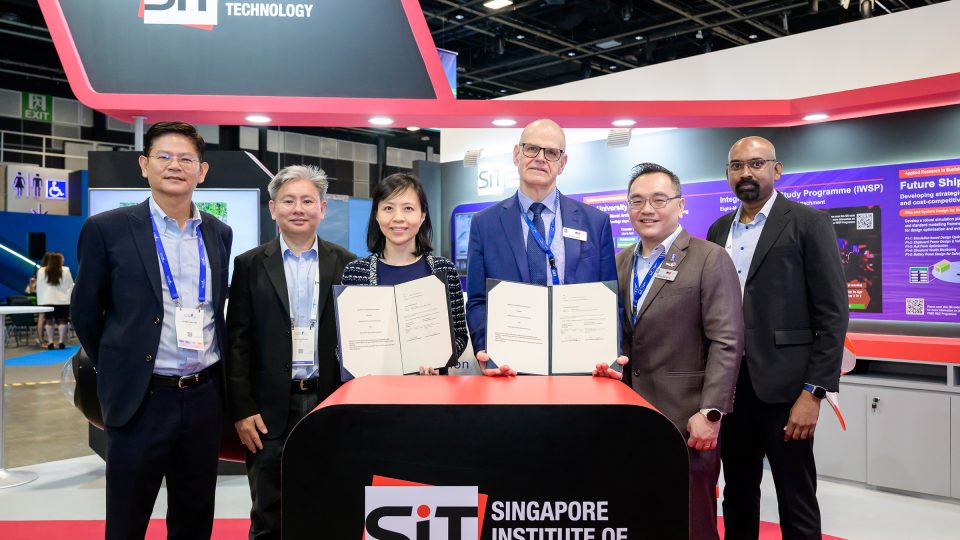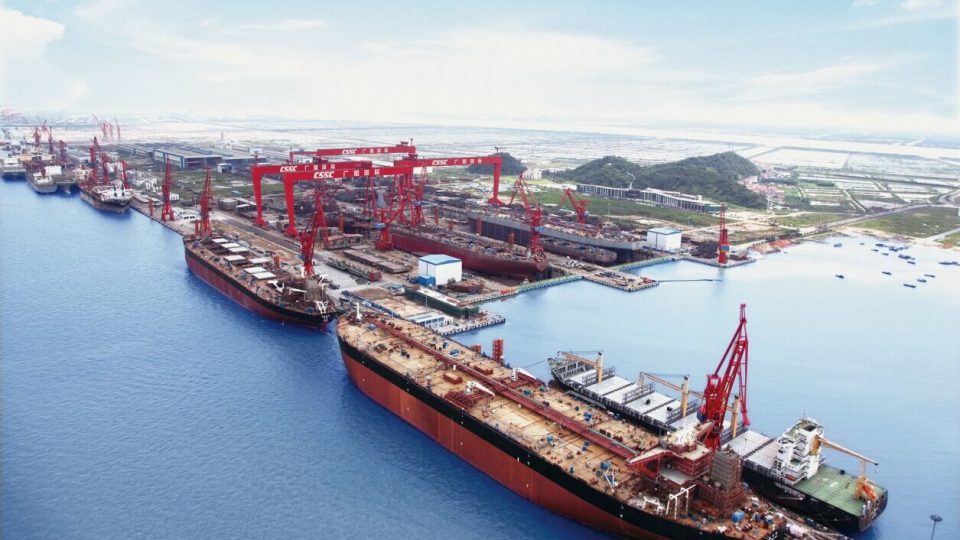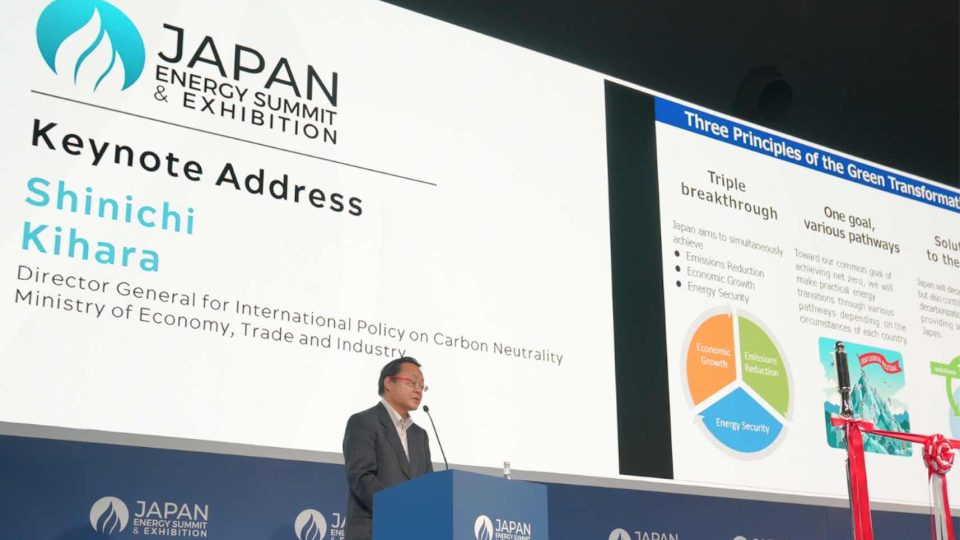Scania’s lucky 13 jumped into the sea
Scania showed the 13-litre marine version, first at the SMM then at the Genoa Boat Show. We talked about it with Neeraj Sharma and Oleg Nikitin
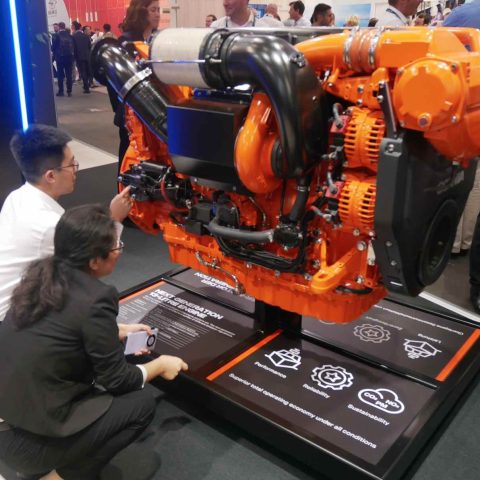
We awarded it as Diesel of the year, the 13-litre Scania. It was conceived for trucks and baptised Super, and over time it has gained the right to be named like this. It has efficiency close to or above the 50% threshold in its sights. At the Genoa Boat Show we saw it in a pleasure boats environment, but we were attending the SMM in Hamburg, when it was unveiled for workboats.
Scania’s 13-litre at the SMM
At the SMM stand in Hamburg we sat at the table with Oleg Nikitin, Product manager, Power Solutions, and Neeraj Sharma, Global sales development manager e-mobility, sales and marketing, Power Solutions. They are the ones who accompany us in the discovery of the Scania marinized 13 litre , that ”is scheduled to be available to customers by the end of 2025. Throughout 2026, the offering will continue to expand with various configurations. The pleasure boats version will be introduced towards the end of this phased release, closer to the end of 2026.”
Key changes in marinization
Oleg highlighted several differences between marine engines and their industrial or truck counterparts: The core engine block and cylinder head remain mostly the same across industrial, truck, and marine versions. However, the marine engine has more robust aluminum cover, as opposed to the standard plastic cover found in industrial versions. Marine engines use a water-to-water cooling system rather than an air-to-water system. Different lubrication systems and fuel systems are required to comply with international marine safety regulations, such as those set by IMO and SOLAS. The engine must not have any exposed hot surfaces to prevent accidental burns or fires. This involves covering all hot surfaces, including high-pressure fuel pipes, which are double walled to prevent leaks and potential fire hazards. Marine engines feature dual filters for both fuel and oil. These filters are designed to be switched out while the engine is running, ensuring continuous operation even during maintenance. Other components like pistons, turbochargers, and compression ratios vary depending on the specific power and torque requirements of the marine engine. The engine power range for this new platform spans from 350 hp to 1,050 hp, which is unique for marine applications as these power levels are not common in industrial or truck engines. Unlike some competitors who test engines at maximum power and then derate them, Scania specifies the duty cycle with hardware adaptations for each specific power and torque level, optimizing performance, durability, and fuel consumption. The calibration and software of the engine are also specifically adapted for marine use, accounting for emission regulations and operational requirements, ensuring optimal performance like a well-coordinated orchestra.
Applications of the Scania 13 litre marine engine
The new Scania engine platform, designed with hybrid integration in mind, is suitable for a range of maritime applications. Here’s a breakdown of its use cases: The engine is highly adaptable for use in ferries, pilot boats, , pushers, crew transportation vessels for offshore wind service, and various types of workboats. The platform can support configurations with multiple engines. The quad installations can provide total power outputs exceeding 4,000 hp. The engine platform is designed with hybrid applications in mind, particularly useful for start-stop operations. Hybrid systems offer the advantage of combining ICE with electric machines, which are compact but can add significant power (e.g., an additional 400 hp). The hybrid design allows customers to downsize from larger engines, such as 16–18-liter engines, to more efficient 13-liter Scania engines. This downsizing not only reduces the overall weight and size of the engine system but also opens up opportunities for repowering existing vessels. The shift toward hybrid systems is changing how operators think about fuel consumption, lifecycle costs, and overall infrastructure. As Neeraj Sharma explained, hybrid systems encourage more efficient use of available power, similar to how car drivers adapt to the benefits and limitations of hybrid cars by optimizing power usage based on the driving situation. A five-minute transit between ports can be completed using only battery power. For longer routes, the system can switch to diesel power, providing flexibility and efficiency in operations. Scania’s new engine platform is versatile, catering to a wide range of marine applications from heavy-duty workboats to ferries and specialized vessels. Its hybrid-ready design allows for enhanced power management, fuel efficiency, and operational flexibility.
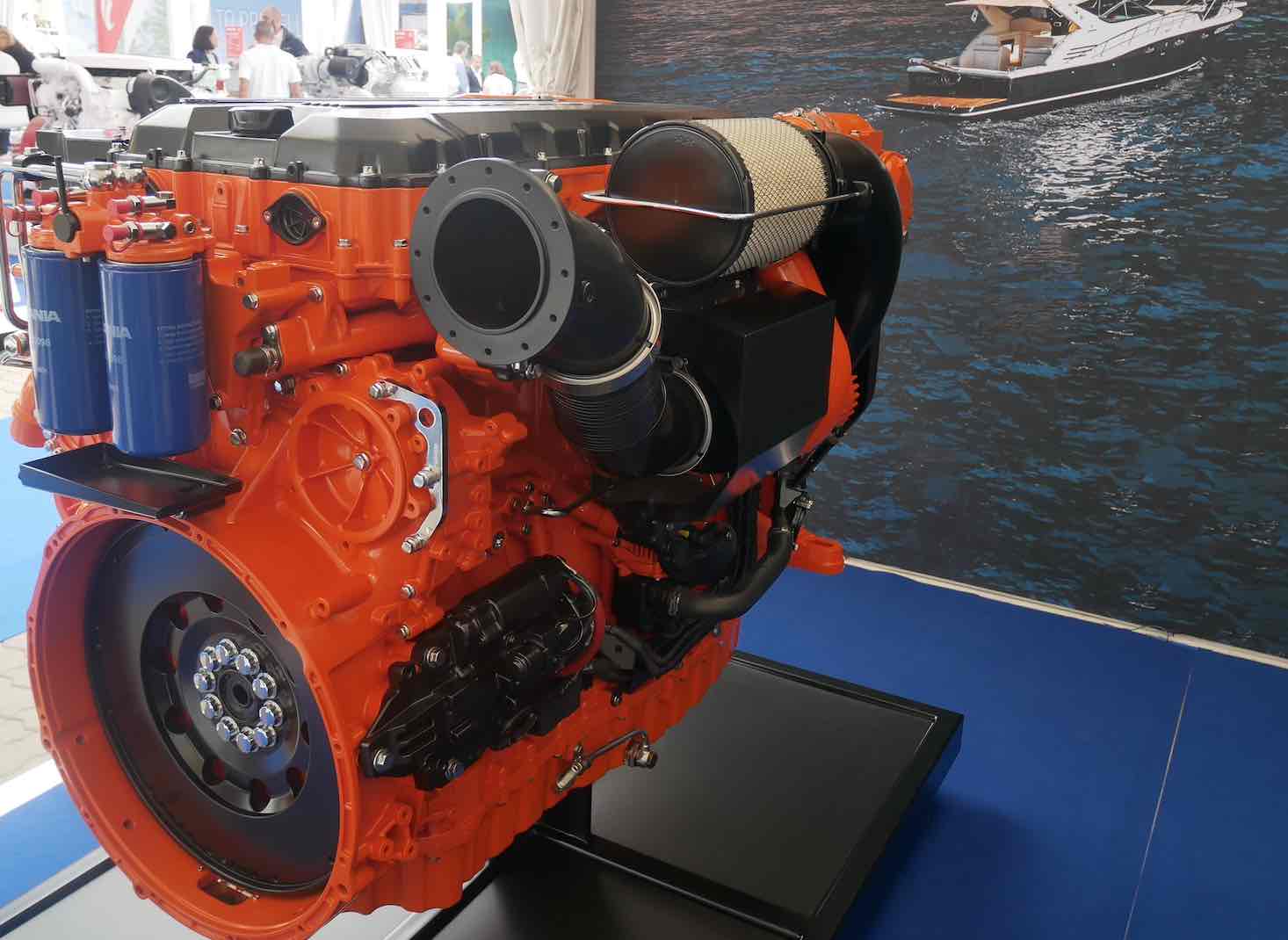
Neeraj Sharma and Oleg explained how Scania is now looking at applications where marine and industrial needs intersect within the same environment, such as ports. These ecosystems provide opportunities to share charging infrastructure between marine vessels (e.g., pilot boats) and land-based vehicles (e.g., reach stackers, forklifts). Oleg emphasizes that not all marine applications can go fully electric due to limitations in battery technology, infrastructure, and operational needs. The new engine platform is designed to be flexible with fuel types, supporting up to 20% biodiesel and 100% HVO. Scania is preparing to be a part of the hydrogen future, but for now, they see more immediate impact through hybrid and ICE solutions in non-road applications.
Neeraj Sharma notes that deploying electrification in non-road sectors can bring the quickest market impact. Here, hybrid systems can provide a balance between immediate reductions in emissions and the flexibility of ICE for range and power. Scania’s evolving approach reflects a shift towards an ecosystem perspective, recognizing the interconnectedness of different sectors and the shared infrastructure needs. This strategy acknowledges the limitations of current technologies (like full electrification) and focuses on hybrid systems and renewable fuels as practical steps forward. By designing engines that are flexible and compatible with a range of fuels, Scania is positioning itself to meet both current and future demands across various applications, from ports to airports to marine vessels.
Hybrid details
This might leave the reader to believe that we can only cater for 5 minutes ride on in electric mode. The reach of the battery is depending on installed energy(kWh). In real life, we have seen that in the passenger ferry REX were able to operate up to 2h electric only, and the patrol boat Marell up to 6h.
A regular short-distance transportation between pre-defined ports can be made only on battery power. Here infrastructure is easily to be build and the vessel can charge batteries during loading and unloading of passengers or vehicles. For longer or unpredictable routes, where battery capacity is not enough, the system can switch to combustion power, providing the operator the flexibility and efficiency in operation.




